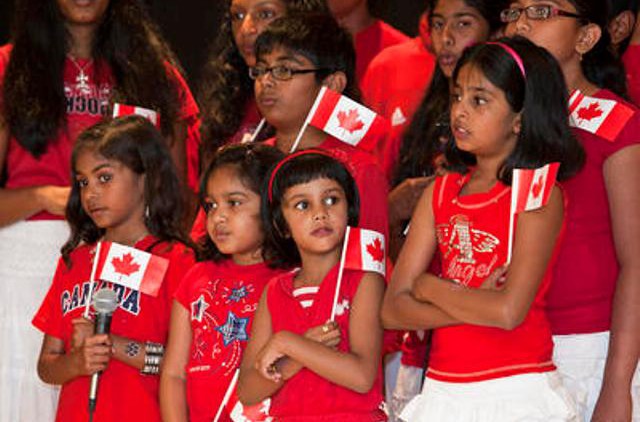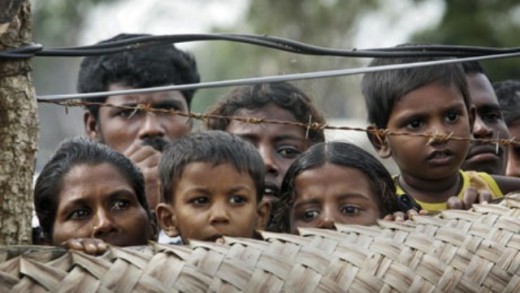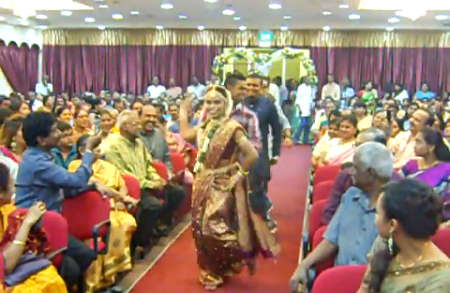Growing up, I wasn’t always proud to be Tamil. After all, when your ethnic group is stigmatized in the media as a community of gangsters, fraudsters, terrorist sympathizers and immigrant queue-jumpers, it can’t help but take a hit to your cultural ego.
Going to school in Scarborough in the 90s and early 2000s, Tamils had a less than stellar reputation. Occasionally I would be subject to snide remarks from my peers. “He’s Tamil. But he’s cool though. Not the shooting, stabbing type.” Another high school friend wryly observed that there were only two types of Tamil guys – “nerds and thugs.” And from witnessing all the Tamil guys on the Honour Roll and in the VP’s office, I couldn’t help but concede his point.
As a visible minority, one is always privy to racial stereotypes. A rotten apple spoils the barrel, and far too often the misdeeds of one besmirch the good deeds of many. I admit that there are times when I’ve wanted to distance myself from my Tamil identity. Owing to a somewhat non-Tamil appearance and demeanour, the inevitable “Where are you from? What’s your background?” would arise. This question would make me cringe. I would respond “my parents are from Sri Lanka” and leave it at that.
Like many who make an effort to adjust to societal norms, I’m guilty of certain practices that some may see as dissociating from my ethnic identity. In a professional context, I’ve contracted my name to make it appear less visibly ethnic and more palatable to a non-Tamil demographic. I feel this helps me with interviews and promotions in the corporate world. In a personal context, I’ve used an Anglicized nickname when going out with girls of other ethnicities. And I know I’m not the only one – I’ve met way too many Tamil guys claiming to be “Jay” and “Sean.”
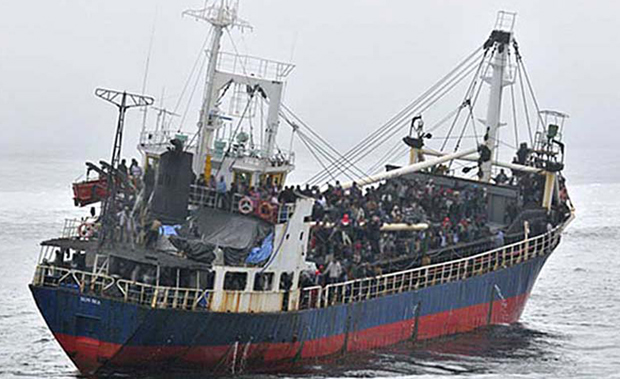
But the reality is the Tamil diaspora has come a long way since its arrival on Canadian shores. As a refugee group fleeing war and persecution, Tamils came with little in material wealth but with big hopes and dreams. Driven by ambition, a high regard for education, a relentless work ethic and a fierce competitive streak, the Tamil community has made tremendous progress in just a little over two decades.
Whereas Tamils once populated housing projects in at-risk neighbourhoods, today many of us reside in large homes in upscale suburbs. Whereas Tamils once drove rusty clunkers, today many drive luxury vehicles. And whereas Tamil parents once toiled over kitchen sinks and on factory floors, today their sons and daughters excel in academia, in the professions, in business and in government.
Moreover, we are fortunate to live in a country with tremendous opportunities. Few places in the world will embrace a destitute people so alien in language and culture with such openness and tolerance as Canada has. And when freed from the shackles of parochialism that plagued our parents, we now see what Tamils are capable of in a just and open society where one’s potential can truly be realized.
Today, there is a perceptible vitality and dynamism within the Tamil-Canadian community. A veritable alphabet soup of acronymed Tamil organizations abound – Tamil political and philanthropic organizations, Tamil festivals and cultural organizations, Tamil university and alumni associations, Tamil business and professional networks, Tamil youth organizations, village organizations and Old Boys networks, Tamil dance troupes and recreational leagues, Tamil newspapers, media outlets and more. Moreover, I am seeing our young people coming out of high school and university today more confident, secure and proud of their bicultural Tamil-Canadian identity than my generation ever was. And this, too, makes me more proud than ever to be Tamil-Canadian.
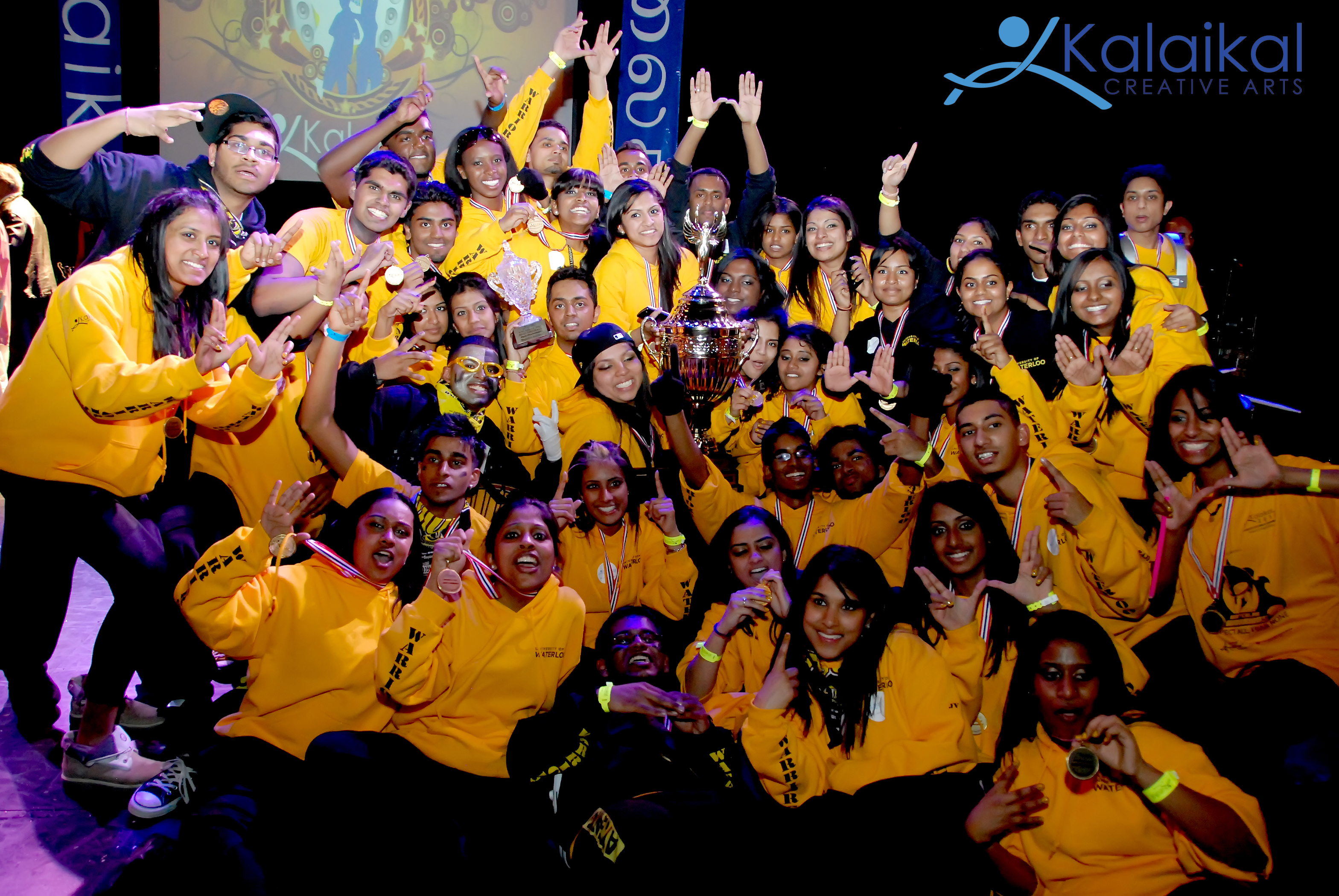
Yet with Tamil immigration slowing to a trickle, with rising interracial marriage rates, and with a growing number of our young professional men and women unmarried and childless, it is likely that the Tamil community has already peaked, and will shrink in proportion to the general population in the coming years.
And this is where we must ponder our future as a community. As the first wave of born-and-bred Tamil-Canadians enter their child-bearing years, will our children adopt the same drive, zeal and passion that arises out of growing up in difficult circumstances? Will they share the same sense of ethnic solidarity and kinship? Will they keep the vibrancy and strength of our thriving community alive?
Or will we be Tamil in name and appearance only, with little ties to language, culture and traditions as with certain West Indian communities? Will we simply vanish and blend into the broader Canadian mosaic in three generations as has the Japanese-Canadian community?
These are questions our community must ponder as we look collectively to the future.

 Sen
Sen